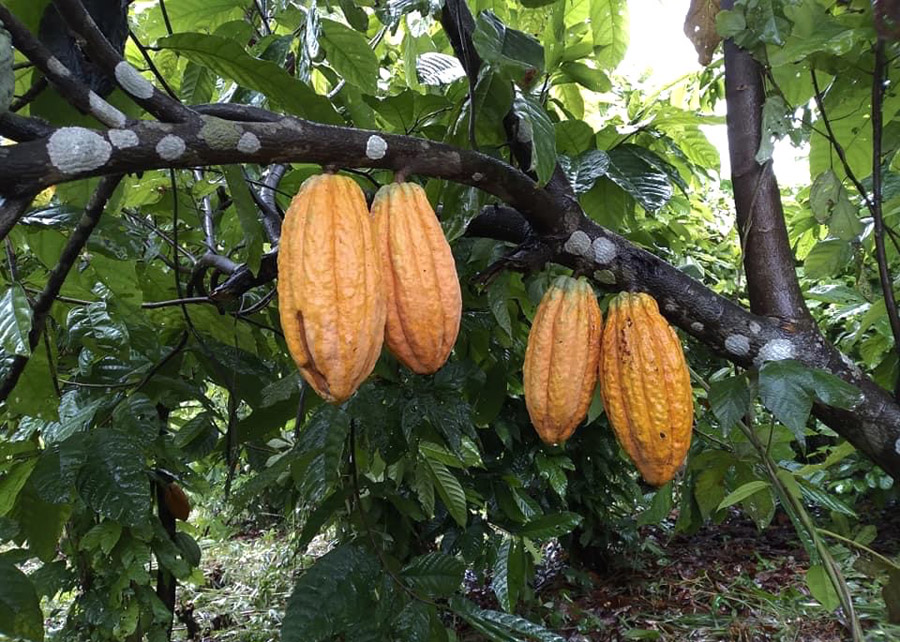Sustainable cocoa recovers degraded areas in the Amazon
A study carried out by Embrapa showed that sustainable cocoa production by family farmers has recovered degraded areas in the Amazon, at State of Pará and, simultaneously, generated income. The paper “The sustainable expansion of cocoa crop in the State of Pará, Brazil and its contribution to altered areas recovery and fire reduction)” was recently […]

A study carried out by Embrapa showed that sustainable cocoa production by family farmers has recovered degraded areas in the Amazon, at State of Pará and, simultaneously, generated income.
The paper “The sustainable expansion of cocoa crop in the State of Pará, Brazil and its contribution to altered areas recovery and fire reduction)” was recently published in the Journal of Geographic Information System.
Currently, Pará is the largest cocoa producer in Brazil, with an income exceeding 50% (R$ 1.8 billion) the total of the country (R$ 3.5 billion). In addition, 70% of the cultivation is carried out in degraded areas, mostly by family farmers that use agroforestry systems.
The result is reintroducing forests in these areas and fire and deforestation reduction in the region. The study presents a detailed description of the evolution of cocoa plantations in terms of historical expansion, farm practices, land usage and fire regimes.
Tansamazonic Region
According to the main author, researcher Adriano Venturieri, from Embrapa Amazônia Oriental, the area cultivated with cocoa in the state of Pará has been growing in recent years, especially in the Transamazonian region.
There is, however, a difficulty in mapping this expansion due to the diversity of production systems that involve the cultivation of cocoa in the region.
“Mapping and monitoring the cocoa plantation through optical sensor images was a challenge. The botanical and tree characteristics are usually confused with areas of “capoeira” (secondary vegetation) and forest”, reports the researcher.
Cocoa production
According to the Brazilian Institute of Geography and Statistics (IBGE), Brazil produced 270,000 tons of cocoa beans (Theobroma cacao) in 2020/2021.
In the North Region, this production was 150,000 tons, with Pará being responsible for 96% of the regional total. The northern state is the largest national producer of this fruit, with 1.8 billion of the approximately 3.5 billion moved in the country in 2020.

